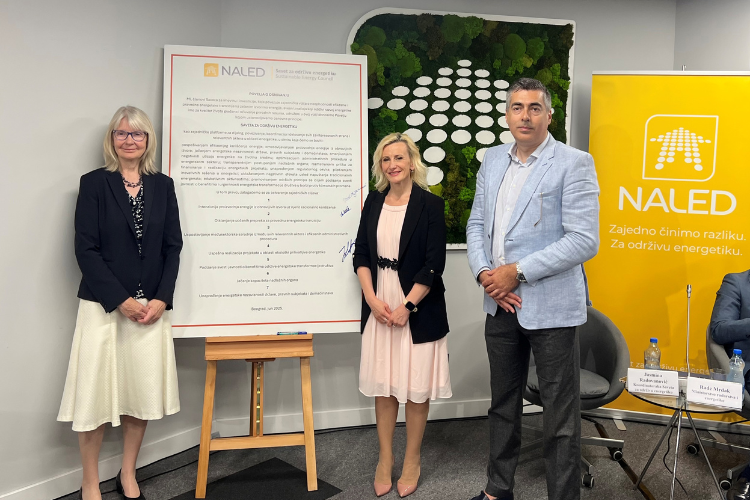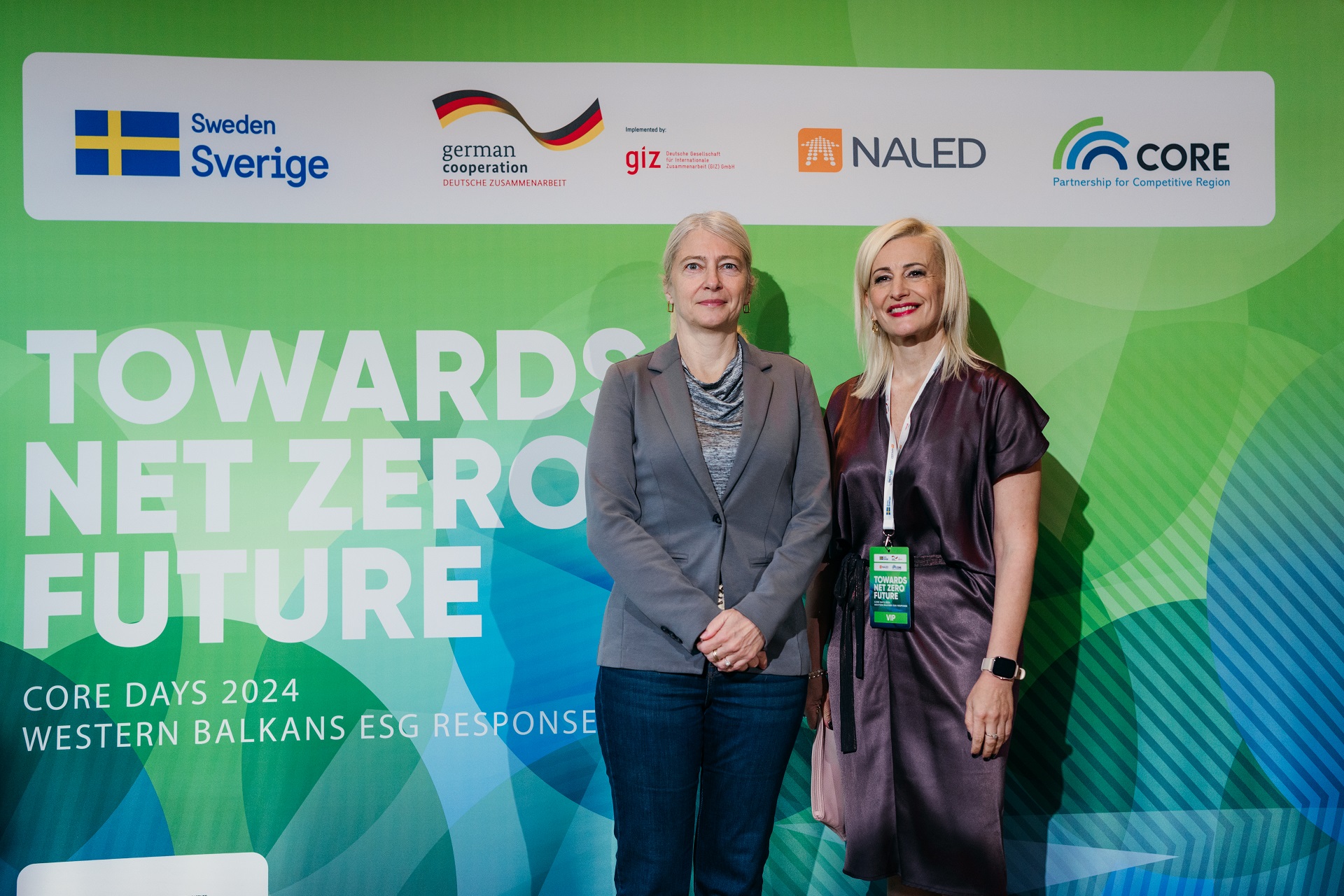CBAM threatens the energy-intensive industry, urgent response of the state is needed
The transition period of three years, which our country had to adapt to the Regulation on the Carbon Border Adjustment Mechanism (CBAM), is slowly coming to an end. From January 1, 2026, the European Union will begin to tax the import of products with high CO2 emissions, which will affect our producers to face an increase in the price of their products that they export to the EU market, and at the same time in the domestic market with unfair competition from third countries that have not introduced a national CO2 tax system.
Consequently, all of this can have a drastically negative and destabilizing impact on the competitiveness of the domestic energy-intensive industry, which at this moment requires an urgent and adequate response from state institutions.
The recently completed Analysis of Potential Impacts of CBAM, which was prepared in the organization of NALED, indicates a high risk of financial pressures and loss of competitiveness of energy-intensive industries in Serbia, which employ about 7% of the workforce and make up 11% of the GDP of the Republic of Serbia.
About 70% of CBAM product exports from Serbia are placed on the EU market, which makes this industry particularly vulnerable. In EU countries, the average intensity of carbon emissions of CBAM products is many times lower than in Serbia. This was contributed by the EU's comprehensive, multi-year systemic approach, which through the "Fitfor55" package of measures, on the one hand provided mechanisms for reducing CO2 emissions to its industry and, in parallel, with the CBAM Regulation, prevented the Union's efforts to reduce CO2 from being offset by moving production to non-EU countries or by increasing the import of products with a large CO2 footprint.
- In order to maintain the competitiveness of the domestic industry in the initial phase of their green transition, it is necessary as soon as possible through a package of national regulatory measures to provide mechanisms for reducing CO2 emissions, and then establish a national mechanism that would include the application of a carbon tax for the domestic industry and at the same time a national CBAM mechanism (following the example of the EU), i.e. a tax on the import of CBAM goods from third countries where climate policies are less ambitious than in Serbia. Only in this way would equal conditions in terms of costs related to CO2 emissions be ensured for the sale of energy-intensive products on the Serbian market, as is the case in the EU. Additional budget revenues that would be secured in this way would primarily be used for the decarbonization of energy-intensive industry - says Slobodan Krstović, director of the Department for Sustainable Development at NALED.
Apart from the urgency in terms of implementation, the establishment of such a parallel mechanism should not be an isolated measure, but an integral part of the broader institutional framework that supports the implementation of the Green Agenda.
The results of the analysis also show that the introduction of a national tax on CO2 emissions with the projected carbon price from the Integrated National Energy and Climate Plan for 2034 would cost the economy up to 539 million euros per year (not including the electricity sector), while the additional income of the state through the domestic CBAM mechanism would increase from 13 million euros in 2027 to as much as 128.6 million euros in 2034.
The justification of such a measure, by which the funds would flow into the state budget of the Republic of Serbia instead of the EU coffers, would be sustainable if the state previously provided regulatory mechanisms to the industry in order to reduce its CO2 emissions. Given that the CBAM and the Green Agenda are new regulatory factors that have not been covered so far when determining the rules on state aid, it is necessary to review in detail the existing regulations governing the rules for granting state aid to companies, in terms of expanding the scope to the sectors covered by the CBAM, expanding the primary objectives to which the provisions of the Sectoral State Aid apply to the area of decarbonization and increasing the upper limit of the amount of aid.
Adaptation of the national regulatory framework in the direction of providing mechanisms for decarbonization of energy-intensive industry, primarily includes the liberalization of the import of alternative fuels and raw materials, the ban on the export of waste that can be processed in Serbia, as well as the encouragement of the construction of new capacities for the production of energy from renewable sources.
In the absence of a government reaction, the estimated decrease in the cost efficiency of the domestic industry would irreversibly threaten the export of the Republic of Serbia to the EU market, as well as the competitiveness of our industry on the domestic market, due to the sudden increase in the import of CBAM goods from countries outside the EU. This would inevitably lead to the loss of a large number of jobs, i.e. the financial sustainability of the entire energy-intensive industry operating in Serbia.



